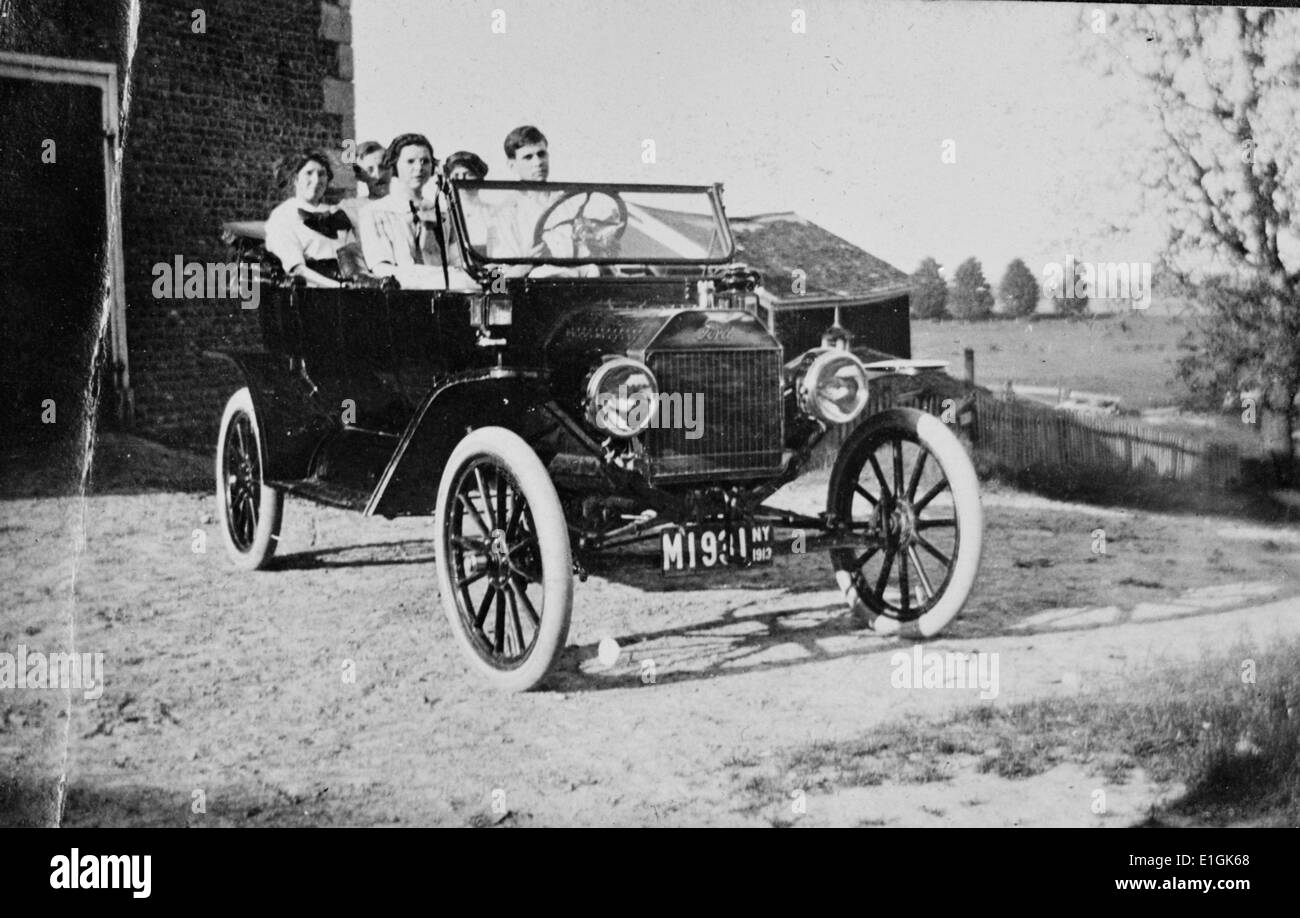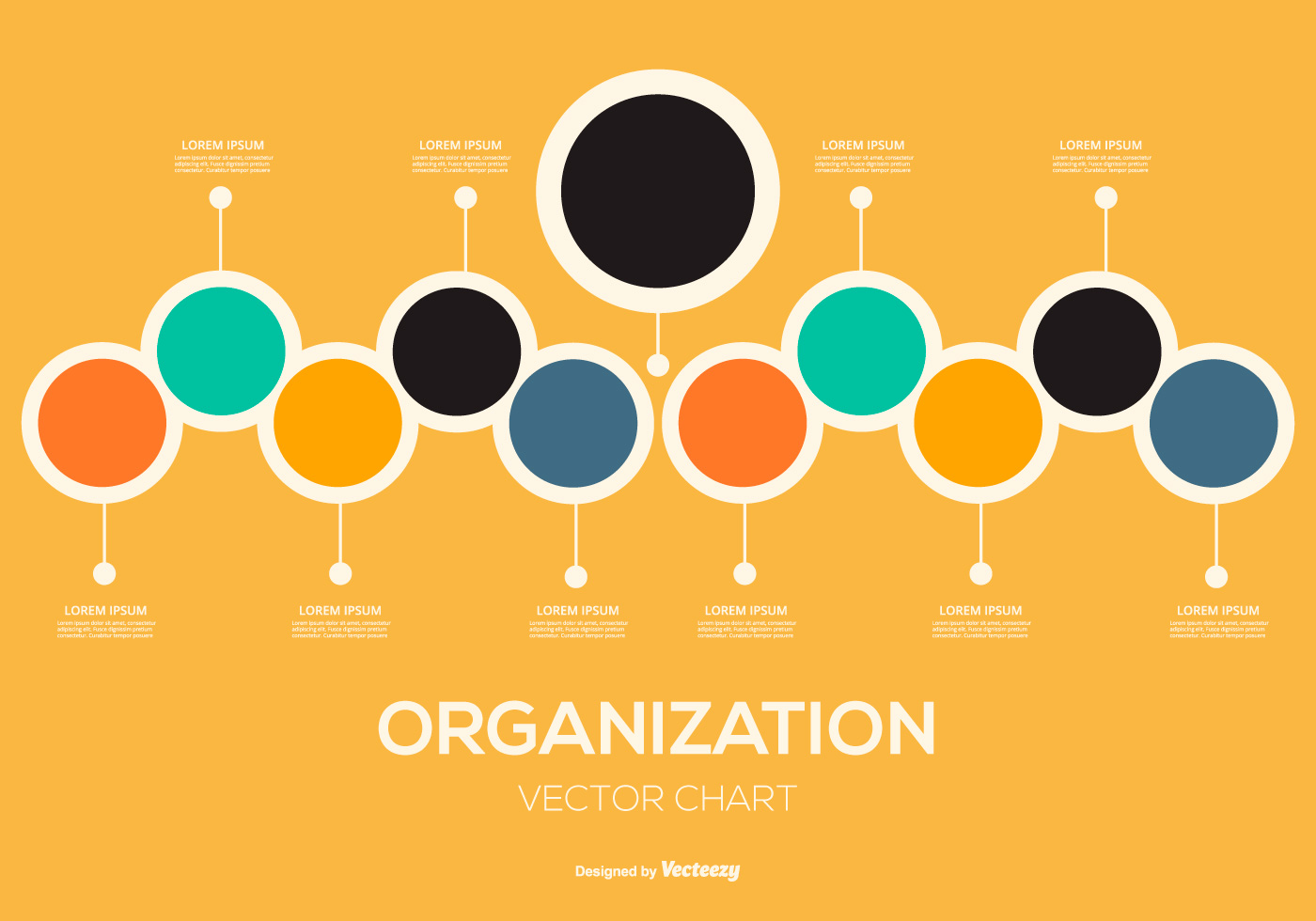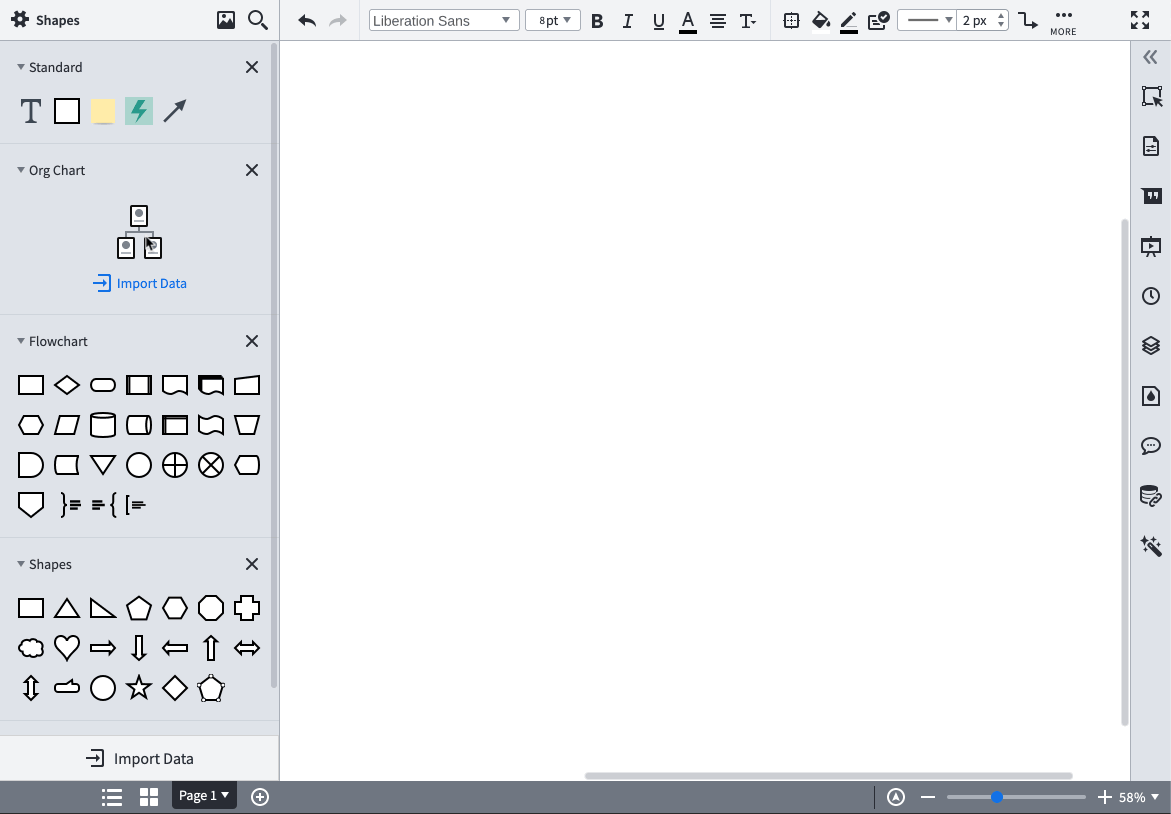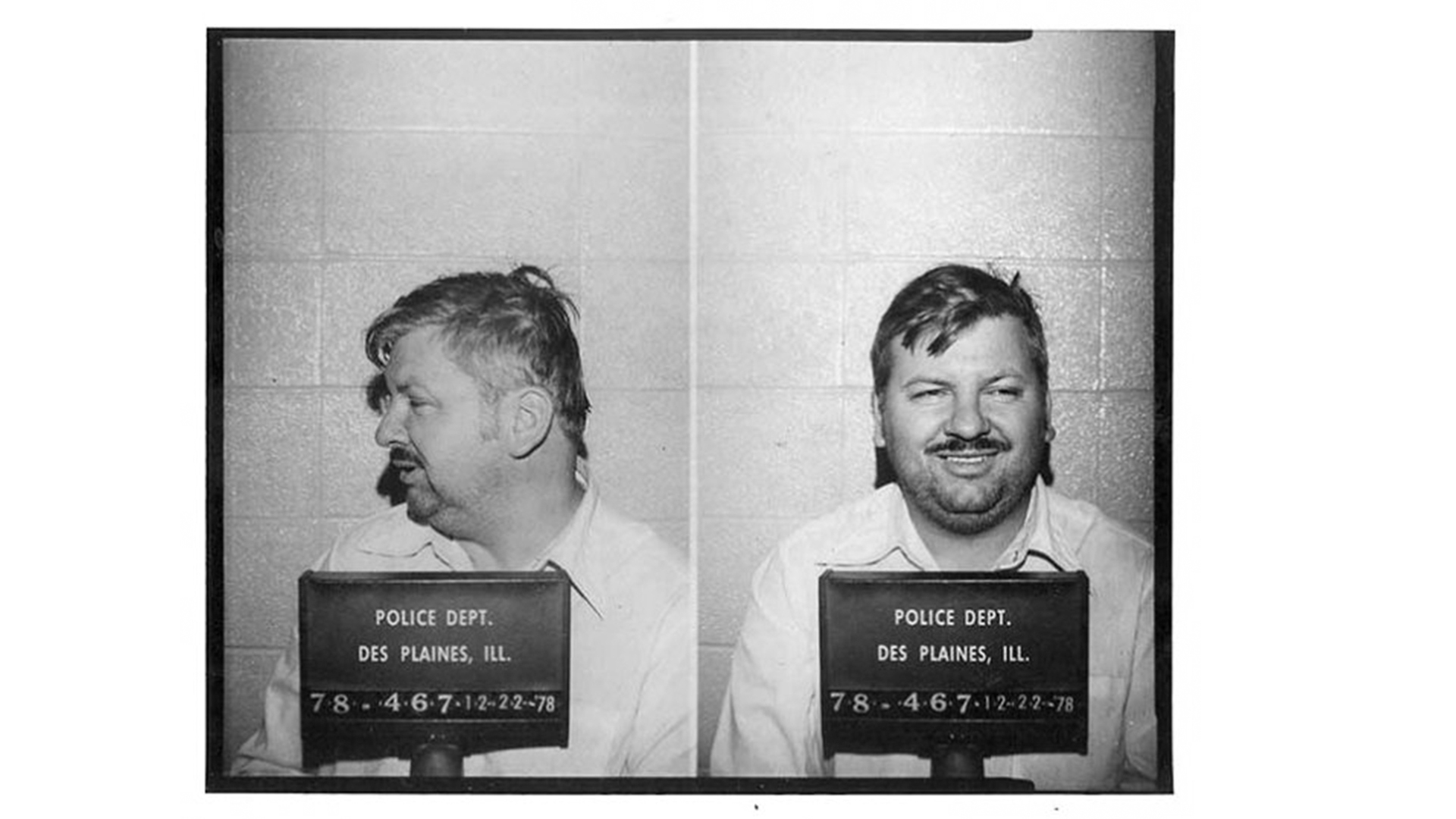Table Of Content
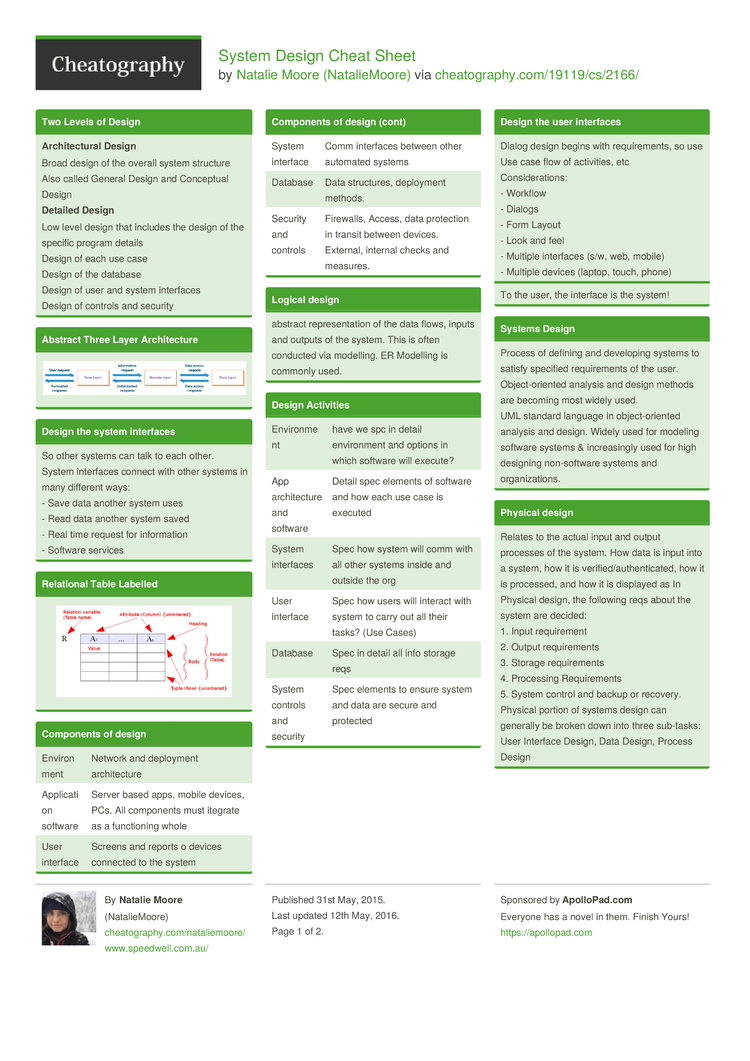
The Internet-scale distributed systems implement an API rate limiter for high availability and security. You will probably be tested on whether you understand some of the fundamental concepts around database scaling. This could include caching to handle read requests, sharding, and replication.
Books and More
The book comes with more than 10 case studies and a framework that it introduces and consistently uses with these case studies. There's also an accompanying online course that has the same content as the book, but you can follow along in a web browser, and the diagrams are colored. For information about the various datasets that we have compiled, see the Datasets page. Fill this in if there is another file that closely matches this file (same edition, same file extension if you can find one), which people should use instead of this file. If you know of a better version of this file outside of Anna’s Archive, then please upload it.
📂 File quality
All shadow libraries that we have indexed on here primarily use MD5s to identify files. If there are multiple source libraries, know that we pull metadata from top to bottom, so the first one might be sufficient.
(PDF) Chakuri-Bazaar: A Mobile Application for Illiterate and Semi-Literate People for Searching Employment - ResearchGate
(PDF) Chakuri-Bazaar: A Mobile Application for Illiterate and Semi-Literate People for Searching Employment.
Posted: Tue, 16 Jan 2024 08:00:00 GMT [source]
Online Marketplace
This feature does not track your personal searching activity or use your library account information to determine what content to display. Check the Enable Recently Returned button to start building your list of returned items. The priority selector service fetches the URLs on the high-priority queue and puts the URLs of a specific website on a single message queue for sequential crawling. Sequential crawling improves the politeness of the crawler. The prioritizer service puts the URLs based on the priority in distinct message queues. The online page importance calculation (OPIC) or link rank is used to assign priority to the URLs.
The two biggest capacity factors in an app handling large amounts of video like YouTube will be storing all that content and bandwidth requirements to deliver the content to users. In this section you'll learn how to make rough estimates for capacity requirements. During an interview you only have time to cover a few of those, so make sure to ask the interviewer questions to figure out what they want you to focus on designing. System Design is an important topic to understand if you want to advance further in your career as a software engineer. Even if you are just beginning your coding journey, it's a good idea to get a head start on learning about system design. This article mainly focused on the structure of the interview itself rather than the concepts you need to understand to answer the questions given during the interview.

Back when I was interviewing at the likes of Facebook and Uber, I also got feedback on how good (or not great) my approach was. There are many resources online - the most well-known one being System Design Primer on GitHub or reading High Scalability articles. In my case, I was looking for a more "structured" approach, as opposed to just dumping a bunch of concepts you need to know in these interviews. Here you want to create a rough architecture for the system. Draw out things like load balancers, web servers, app servers, task queues, database, caching, file storage, and so on. You should include all the core components you need to create the system.
I don't want to go too in-depth on these individual components because I could write entire articles on any of them if I wanted to explain them fully. The 3 Gigabyte estimate is based on a rough percentage of users watching in standard definition and others choosing HD or 4K, which consume much more bandwidth per hour watched. Using the information you gathered during the first step, you can begin to make some rough estimates and generalizations for things like storage and bandwidth requirements. The worst thing you could do here is just start off in the completely wrong direction because you didn't take the time to ask a few questions.
Search code, repositories, users, issues, pull requests...
You don't want to over-engineer things if the traffic is relatively low and you also don't want to get stuck with an app that can't scale because you didn't design it properly. In this section you'll learn a general framework for structuring how to handle a problem during a system design interview. The system design interview is a way to simulate a realistic scenario where you are working together with the interviewer to determine the best design decision.
Stages of a System Design Interview
Top 45 RPA Interview Questions and Answers for 2024 - Simplilearn
Top 45 RPA Interview Questions and Answers for 2024.
Posted: Thu, 15 Feb 2024 08:00:00 GMT [source]
In all fairness, covering those approaches is likely out of scope for this book. Still, for non-backend engineers, the book can be helpful but potentially less applicable. I've done dozens of systems design interviews as an interviewer.
The first is, of course, to test your knowledge about the technologies being discussed. They want you to go deep enough to make sure you aren't just throwing buzzwords around without understanding how things actually work. Early in your career you will mostly just be tested on your coding ability.
The biggest struggle engineers have with system design interviews is that they are more open-ended and there isn't any single correct answer. This lack of structure can be intimidating, so my goal with this article is to give you a roadmap for navigating these types of interviews with confidence. A systems design interview is as much about communication with the interviewer as it is about your systems and architecture knowledge. This is why, while the book will help fill gaps you might have on how large systems are built, it won't substitute you collaborating with someone in designing a system.
At this point you should have a good idea of all the requirements and data needed for the application to work, so now you can plan out how your data is structured. Make sure to communicate with the interviewer during this stage and check to ensure that you aren't missing anything. While they probably won't tell you directly, they will give you a nudge in the right direction if you forgot about some crucial feature. This step is going to help you beyond just getting more information to work with. You're also showing the interviewer that you understand how to gather information about a vague problem.

